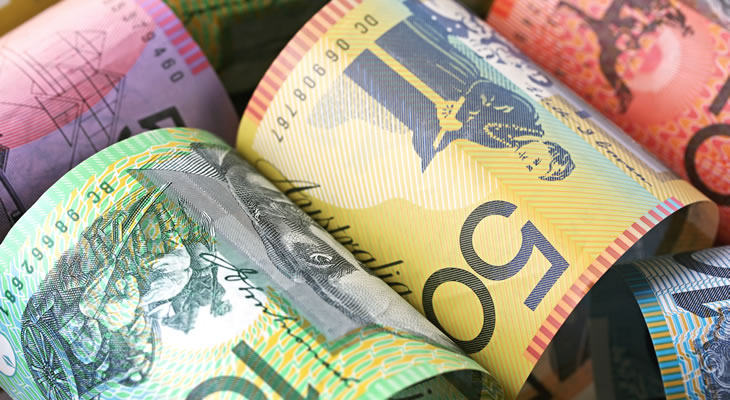GBP/AUD Conversion Rate Predicted to Hold Losses despite Better-than-Expected Consumer Confidence
The Pound Sterling to Australian Dollar (GBP/AUD) exchange rate declined by around -0.9% on Friday afternoon.
Although British economic data produced positive results, the Pound failed to capitalise; softening against nearly all of its major peers. January’s GfK Consumer Confidence Survey was forecast to drop from 2 to 1, but the actual result reached 4. Analysts predict that the spike in confidence is to be short-lived, however, given the mounting external risks and the ever looming EU referendum. It is the in-out vote for the UK’s membership to the EU that is likely the main cause for dampened Sterling demand today as Prime Minister David Cameron attempts to renegotiate terms of the relationship in Brussels. It has become increasingly apparent that several European Union leaders are opposed to the idea that the UK can be the only country within the union to prevent migrants from claiming benefits.
Chief Executive of BP Bob Dudley stated: ‘Being outside the EU would be worse for the country as many of the rules would still apply and Britain would be in danger of losing influence on the world stage. There are lots of technical tax reasons, trade flows, regulation, that would make it better for our business and the energy business in general, the oil and gas business, (if Britain) were a part of Europe.’
The Pound Sterling to Australian Dollar (GBP/AUD) exchange rate is currently trending in the region of 2.0083.
AUD/GBP Conversion Rate Predicted to Hold Gains on PBoC Intervention
After the Bank of Japan (BoJ) shocked markets by cutting the overnight cash rate into negative territory, Asian equity markets saw a healthy boost. This saw the Shanghai Composite Index end the Asian session close to 3.1% higher. As a result, demand for high-yielding currencies advanced which allowed the Australian Dollar to rack up healthy gains versus nearly all of its major peers. Although the US Dollar has registered daily gains, the latest US growth data shows a marked downtick in economic output which is likely to cause further delays to Federal Reserve rate hike prospects. This is also supportive of demand for the Australian Dollar.
‘Certainly it’s been a tough start to the year for stocks but a lot of the environment that existed for a while remains modestly intact,’ said Michael Arone, the Boston-based chief investment strategist at State Street Global Advisors’ U.S. intermediary business. ‘With today’s (US) GDP there’s modest economic growth and Japan overnight pursuing lower interest rates means the Fed is not likely to raise four times this year.’
The Pound Sterling to Australian Dollar (GBP/AUD) exchange rate dropped to a low of 2.0064 during Friday’s European session.
Pound Sterling to Australian Dollar: Chinese Manufacturing Data to Provoke Volatility
The Pound Sterling to Australian Dollar (GBP/AUD) exchange rate is likely to hold losses into the weekend given the absence of further domestic data to provoke changes. Monday is very likely to see GBP/AUD volatility, however, with several influential Chinese economic data publications due for release. Perhaps the most significant of those will be the NBS and Caixin Manufacturing PMIs.
The Pound Sterling to Australian Dollar (GBP/AUD) exchange rate climbed to a high of 2.0303 during Friday’s European session.


Comments are closed.